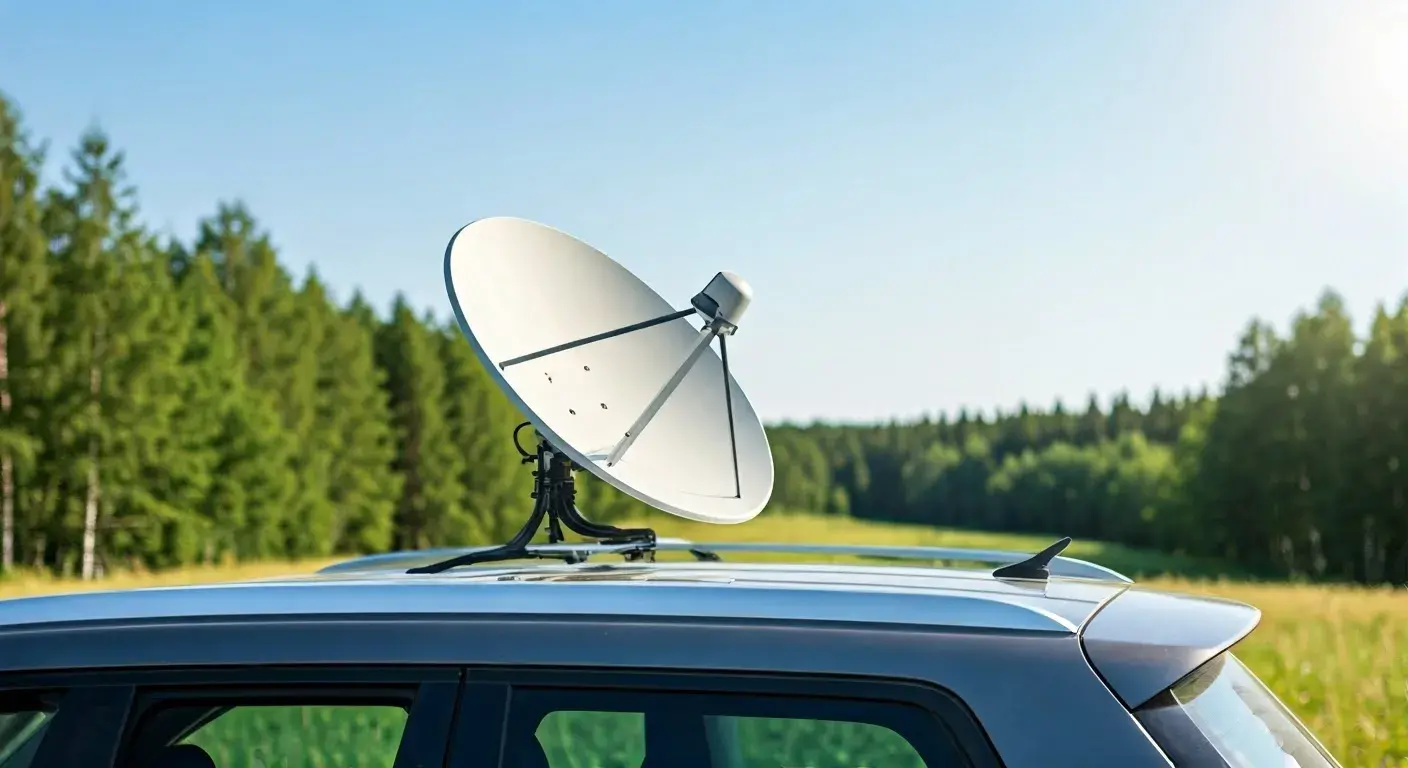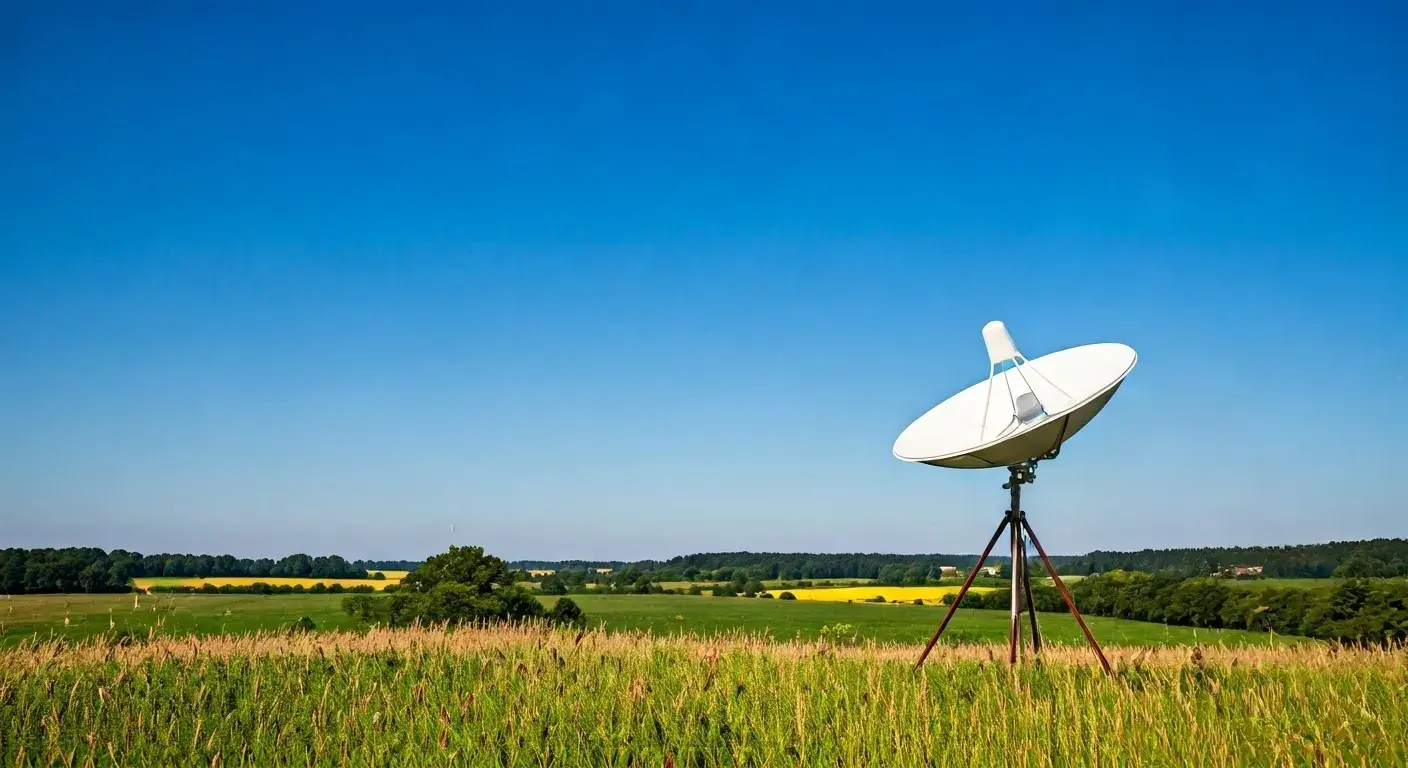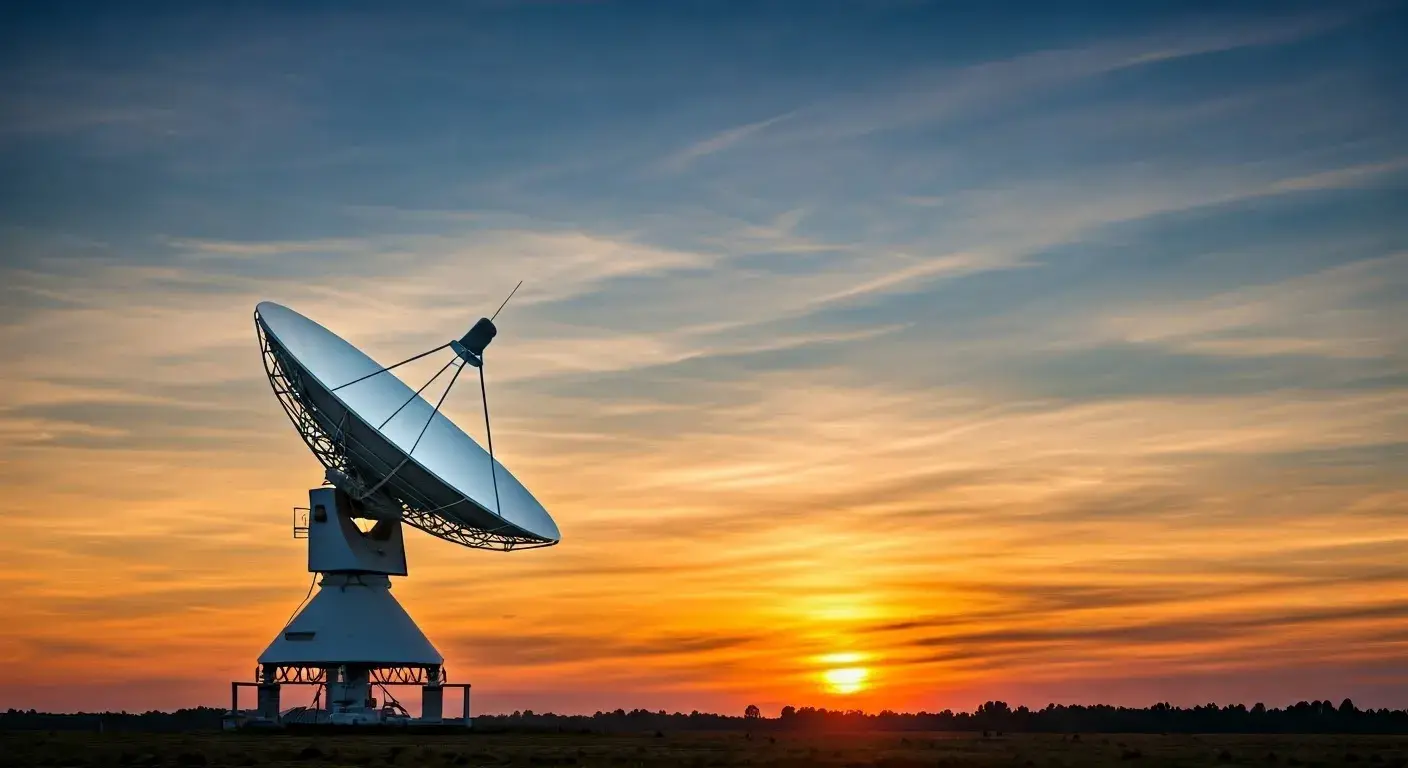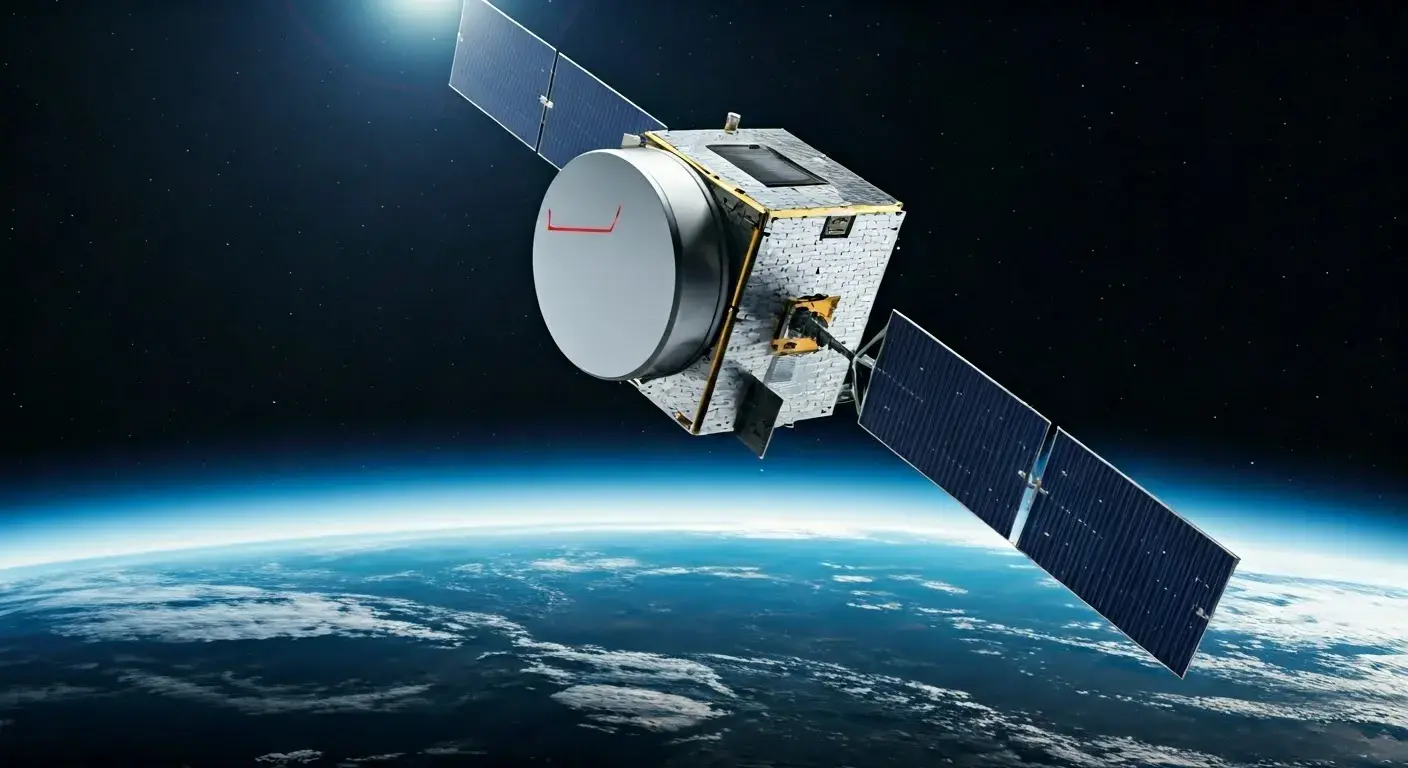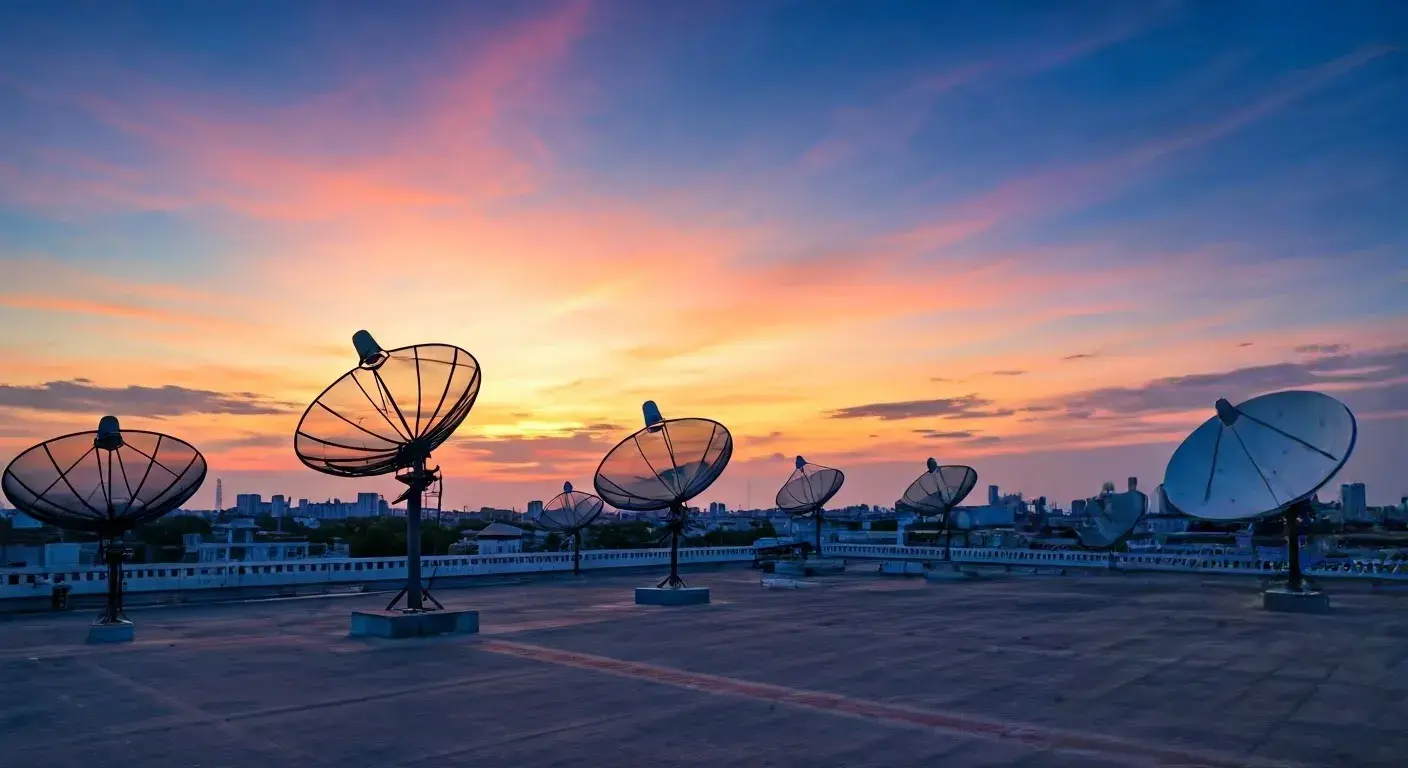-
Posted on: 29 Oct 2025
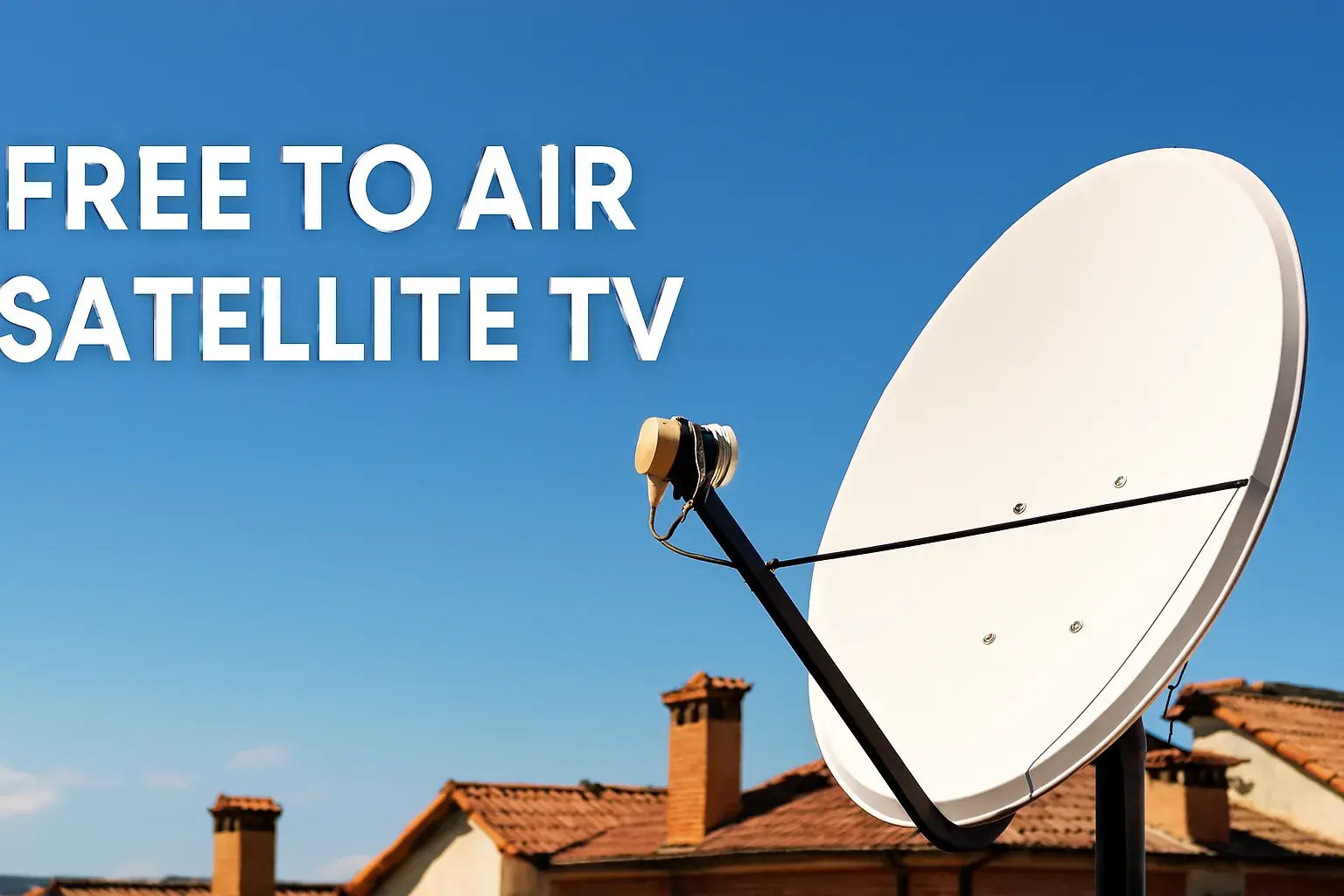
-
In an era of skyrocketing subscription fees and fragmented streaming services, a quiet revolution is beaming down from the skies, offering a treasure trove of entertainment absolutely free. Welcome to the world of Free to Air Satellite TV. If you're a cord-cutter seeking liberation from monthly bills, an expat longing for a taste of home, or simply a TV enthusiast curious about what's available beyond the paywall, you've come to the right place. This comprehensive guide will demystify this powerful technology, showing you why free to air satellite TV remains a hidden gem for millions around the globe.
What Is Free to Air Satellite TV? Unlocking the Signal
Let's start with the basics. What is free to air satellite TV? In its simplest form, Free to Air Satellite TV (often abbreviated as FTA) refers to television channels broadcast from satellites in geostationary orbit that are unencrypted. This means the signals are not scrambled and can be received by anyone with the appropriate equipment—no monthly subscription, no credit card required, and no permission needed.
How It Stacks Up Against Other Services
It's crucial to understand how free to air satellite TV differs from its paid counterparts:
Vs. Cable & Fiber TV: Cable requires a physical connection to a provider's network and always involves a recurring fee. FTA is wireless and free after the initial hardware investment.
Vs. Paid Satellite Services (DISH Network, DirecTV): While they use similar technology (a dish and a receiver), paid services broadcast encrypted signals. You are essentially renting a decoder (your receiver) and paying for the programming. FTA receivers are designed to pick up open, unencrypted signals.
Vs. IPTV & Streaming: Streaming services like Netflix or YouTube TV require a stable, often high-speed, internet connection. Free to air TV works entirely independently of the internet, making it perfect for areas with poor broadband or for reducing your data usage.
A Brief History of FTA Broadcasting
The story of free to air satellite TV is intertwined with the history of satellite communication itself. Initially, satellite signals were all unencrypted and used primarily by broadcasters for distribution. In the 1980s and 90s, hobbyists with large C-band dishes (the "big ugly dishes") could pick up a wide array of feeds, a practice known as "wild feeds." As digital technology took over, the market evolved. Modern digital FTA satellite receivers are more powerful and user-friendly than ever, opening up a world of high-definition content to the average consumer.
How Does Free to Air Satellite TV Work? The Magic Behind the Signal
Understanding the process demystifies the technology and makes setup much easier. The journey of a free to air TV signal is a fascinating dance between ground and space.
The Transmission Process Explained
Uplink: A television broadcaster beams its signal from a ground-based station to a specific satellite orbiting 22,236 miles above the Earth.
Transponder: The satellite receives this signal, amplifies it, and rebroadcasts it back to Earth using a device called a transponder. Each satellite has multiple transponders, each acting like an individual channel for data.
Downlink: The rebroadcast signal, now covering a vast "footprint" on the Earth's surface, is captured by your satellite dish.
Reception & Decoding: The dish focuses the signal into the LNB (Low-Noise Block downconverter), which processes it and sends it down the coaxial cable to your FTA satellite receiver.
Viewing: The receiver decodes the digital MPEG signal and sends the video and audio to your television for you to enjoy.
The Unbeatable Benefits of Free to Air Satellite TV
Why are millions of people turning to this technology? The advantages of free to air satellite TV are both practical and profound.
Zero Subscription Fees: This is the most significant draw. Once you've purchased the equipment, the entertainment is 100% free. There are no hidden costs or contracts.
Incredible Channel Variety: From international news and blockbuster movies to niche cultural programming and religious content, the diversity of free satellite channels is staggering.
Access to Educational and Cultural Content: Many governments and cultural organizations broadcast channels freely. This is a fantastic way to access foreign language news, documentaries, and educational programs.
Superior HD Quality and Reliability: Satellite signals are less susceptible to compression artifacts than some streaming services. You get a consistent, high-quality picture without buffering. The signal is also independent of internet outages.
A Lifeline for Rural and Off-Grid Living: For those in remote areas where cable and reliable broadband are unavailable, free to air satellite TV is often the only source of live television and news.
What Equipment Do You Need for FTA? Your Shopping List
Getting started with free to air satellite TV requires a few key components. Let's break down your essential shopping list for a complete satellite dish setup for FTA.
The Core Components
Satellite Dish: This is your signal collector. Size matters here. In North America, for most Ku-band satellites, a dish between 75cm (30 inches) and 1 meter (39 inches) is sufficient. For C-band (which requires a much larger dish, typically 6-10 feet), you'll access a different set of channels.
FTA Satellite Receiver: This is the brain of your operation. Not just any old satellite receiver will do; you need a dedicated FTA satellite receiver designed to decode unencrypted MPEG-2/MPEG-4 digital signals. Look for features like HD support, blind scan, and PVR functionality.
LNB (Low-Noise Block downconverter): Mounted on the arm of your dish, the LNB is critical. It captures the reflected signal from the dish, filters out the noise, and converts it to a lower frequency range to be sent down the cable. For single satellites, a Standard LNB works. For multiple satellites on one dish, you'll need a Monoblock or a motorized setup with a Universal LNB.
Coaxial Cable and Connectors: You'll need RG-6 coaxial cable to connect the LNB to your receiver. Ensure you use high-quality, weather-shielded connectors to prevent signal loss.
Mounting Hardware: A sturdy, non-penetrating roof mount, wall mount, or ground mount is essential to keep your dish stable and accurately aligned.
A World of Entertainment: Popular Free to Air Satellite Channels
So, what can you actually watch? The list of free satellite channels is dynamic, but here is a curated look at some popular options across different regions. (Note: Always check the latest free-to-air satellite list on sites like LyngSat or SatBeams for real-time updates).
North America (Focus on Satellites like 97W Galaxy 19, 125W AMC-21)
This is a hotspot for free satellite TV in USA and Canadian viewers.
News: CGTN, France 24, Al Jazeera English, NHK World-Japan, RT America.
Entertainment & Movies: Retro Television Network (RTV), The Cowboy Channel, Daystar, TBN, and various ethnic channels.
Sports: While live major sports are rare, you can find channels like Sportsnet World Plus (occasionally unencrypted) and various international sports feeds.
Europe & The UK (Focus on Satellites like 28.2E Astra, 19.2E Astra, 13E Hotbird)
Europe is a paradise for FTA enthusiasts, with hundreds of free HD satellite channels.
UK: All standard UK channels are FTA, including BBC One, BBC Two, ITV, Channel 4, and Channel 5 in HD.
Germany & France: A vast array of public broadcasters like ARD, ZDF, France 2, and France 3 are available.
International: The 13E Hotbird satellite cluster offers hundreds of channels in dozens of languages from across Europe and the Middle East.
Asia, Africa, and Beyond
Satellites like YahSat (52.5E) or ABS-2 (75E) offer a rich mix of channels from Asia and Africa, providing vital cultural links for expatriates.
Your Step-by-Step Guide to Setting Up Free to Air Satellite TV
Ready to get your hands dirty? This satellite dish setup for FTA guide will walk you through the process.
Step 1: Choose Your Satellite and Equipment
First, decide which satellite you want to target. For beginners in North America, Galaxy 19 (97W) is an excellent starting point due to its large number of English channels. Based on your target satellite, choose an appropriately sized dish and a compatible LNB.
Step 2: Assemble and Mount the Dish
Assemble your dish according to the manufacturer's instructions. Mount it in a location with a completely clear view of the southern sky (in the Northern Hemisphere). It must be firmly anchored to avoid movement from wind.
Step 3: Align the Satellite Dish Correctly
This is the most critical step. You need three pieces of information for your location and target satellite: Elevation, Azimuth, and Skew (or LNB Rotation). Use a website like DishPointer.com to get these precise numbers.
Connect your receiver to the TV and the LNB via the coaxial cable.
Go into your receiver's installation or antenna setup menu.
Input the transponder details for a strong channel on your target satellite.
Slowly and gently adjust the dish's elevation and azimuth while a helper watches the signal strength and quality bars on the TV. Signal Quality is the key metric; you need this to be as high as possible.
Step 4: Scan for Channels
Once you've locked onto the satellite and maximized the signal quality, perform a "Blind Scan" or "Auto Scan" with your receiver. This will search all transponders on that satellite and save all the available free to air satellite channels to your receiver's memory.
Troubleshooting Common Issues
No Signal: Check all cable connections. Ensure your dish is roughly aligned to the correct satellite arc.
Weak Signal / Pixelation: Fine-tune your dish alignment. Even a slight movement can dramatically improve quality. Check for obstructions like tree growth.
Top Free to Air Satellite Receivers for 2025
Your choice of receiver can make or break your FTA experience. Here are the top picks for 2025.
1. GTMedia V8 UHD
A powerhouse known for its 4K UHD support, blind scan speed, and user-friendly interface. It's a fantastic all-rounder for both beginners and advanced users.
2. Amiko Mini HD265
Praised for its stability and reliable performance, the Amiko Mini is a solid choice for those who want a "set it and forget it" system with excellent PVR capabilities.
3. Octagon SF8008
For the tech-savvy user, this Linux-based receiver offers immense flexibility, supporting multiple third-party software images and plugins, blurring the line between FTA and a multimedia hub.
Features to Look For:
HD/4K Support: Essential for modern free HD satellite channels.
Blind Scan: Quickly finds all active transponders and channels on a satellite.
PVR Functionality: The ability to record to an external USB HDD is a game-changer.
User-Friendly UI: A clean menu system makes navigation a breeze.
Free to Air Satellite TV vs. Paid TV Services: A Clear Comparison
Is free to air satellite TV right for you? Let's weigh it against paid services.
Cost: FTA wins hands-down. One-time equipment cost vs. endless monthly bills.
Channel Availability: Paid services offer predictable, curated packages of popular channels. FTA offers a wider, more eclectic, and international selection, but you don't get to choose the lineup.
Quality: Both can deliver excellent HD. FTA often provides a less compressed picture for the channels it carries.
Reliability: Both are highly reliable, though heavy rain or snow can cause a "rain fade" outage for satellite services, including FTA.
Convenience: Paid services offer integrated guides and on-demand. FTA guides are basic, and there is no on-demand content without a PVR.
The difference between free-to-air and paid TV ultimately boils down to control vs. cost. Paid TV gives you control over a specific package; FTA gives you freedom from bills and access to a wild, unpredictable world of content.
Is Free to Air Satellite TV Legal? The Straight Answer
This is a critical question, and the answer is unequivocal: Yes, receiving and watching unencrypted free to air satellite TV is perfectly legal in most countries, including the USA, UK, and Canada.
You are simply receiving a signal that is being broadcast publicly, much like picking up a radio station. The legal framework, such as the FCC rules in the United States, explicitly protects the right of individuals to receive these satellite signals.
Clarifying the Legal Gray Area: Piracy
The legality issue arises with piracy—using modified receivers or illegal subscriptions to decrypt paid services without a subscription. This guide exclusively focuses on the legal reception of unencrypted free satellite channels. Always ensure you are using your equipment for its intended, legal purpose.
The Future of Free to Air Satellite TV: Evolving and Enduring
In a world dominated by streaming, is there a future for free to air satellite TV? Absolutely. Here's why:
Technological Evolution: Transmission standards are constantly improving, allowing for more channels and higher resolution (like 4K) within the same satellite footprint.
Internet Independence: As long as there are data caps, internet outages, and rural areas, a reliable, free source of information and entertainment will remain invaluable.
Global Reach: For international broadcasters, satellite remains the most efficient way to reach a continental audience simultaneously.
Hybrid Models: Some modern FTA satellite receivers now include internet connectivity, allowing them to integrate with streaming apps, creating a powerful hybrid entertainment system.
Conclusion: Your Gateway to Free Entertainment Awaits
Free to Air Satellite TV is more than just a way to save money; it's a gateway to a broader, more diverse media landscape. It empowers you to take control of your entertainment, free from contracts and monthly fees. While it requires a modest initial investment of time and money for equipment, the payoff is a lifetime of free, high-quality television from around the world. The signals are up there, raining down from the sky. All you need is a dish to catch them. We hope this guide has equipped you with the knowledge and confidence to explore the incredible world of FTA.
Frequently Asked Questions (FAQ) About Free to Air Satellite TV
1. What channels are free on satellite TV?
Hundreds of channels are free, including international news (Al Jazeera, BBC World News, CGTN), religious networks (Daystar, TBN), entertainment channels (RTV, The Cowboy Channel), and numerous foreign-language broadcasts. The exact list depends on your location and which satellite you are pointing at.
2. Do I need the internet for FTA channels?
No. That's one of the biggest advantages. Free to air TV works entirely without an internet connection. The signal comes directly from the satellite to your dish.
3. Which satellites offer the most free channels?
In North America, Galaxy 19 (97W) is the king of free English channels. In Europe, the trio of Astra 28.2E (UK), Astra 19.2E (Germany/France), and Hotbird 13E (International) offer thousands of free satellite channels combined.
4. Is FTA TV legal in the USA?
Yes, it is 100% legal to receive unencrypted satellite signals in the USA. The FCC protects the public's right to do so.
5. What is the best satellite for free-to-air TV in North America?
For a beginner, Galaxy 19 at 97° West is the best starting point due to its high concentration of popular English-language free to air satellite channels.
6. How can I get free satellite TV without paying a subscription?
By purchasing the correct equipment—a satellite dish, an LNB, and a dedicated FTA satellite receiver—and pointing your dish at the right satellite, you can access free channels without any monthly subscription.
7. Do I need a smart TV for FTA?
No. Your FTA satellite receiver does all the decoding. You only need a TV with an HDMI or AV input to display the picture.
8. Can I use my old DISH or DirecTV dish for free-to-air channels?
You can sometimes reuse the dish and mount, but you will almost certainly need to replace the LNB with a standard Universal or KU-band LNB compatible with free to air satellite TV receivers, and you will need a dedicated FTA receiver.
9. Can I record shows on Free-to-Air Satellite TV?
Yes! Most modern FTA satellite receivers have PVR (Personal Video Recorder) functionality. By connecting an external USB hard drive, you can pause, rewind, and record your favorite free satellite channels.
10. Why am I not getting a signal on my FTA receiver?
The most common causes are incorrect dish alignment, a faulty LNB, damaged cables/connectors, or incorrect settings in the receiver. Start by double-checking your dish's alignment, as even a slight bump can knock it out of focus.

